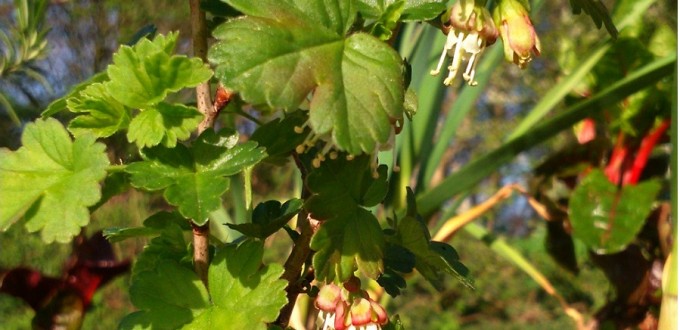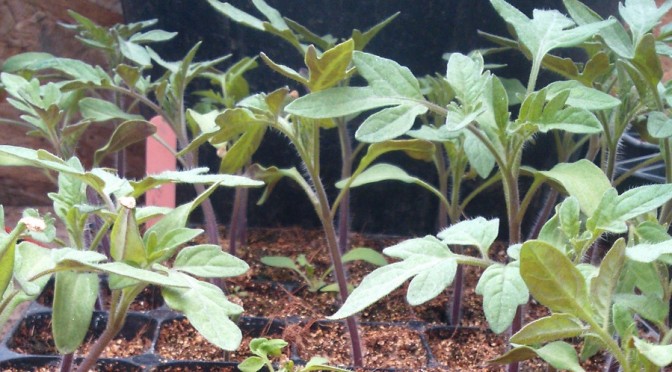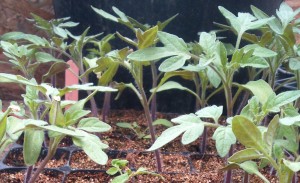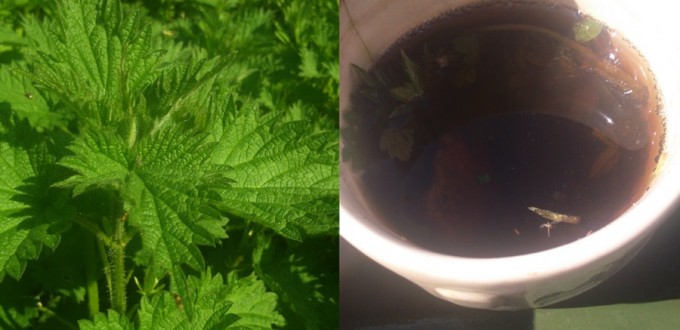Fashion trends are inescapable. Ever present in our clothing choices and in our culinary exploits, perhaps it was naive of me, but I for one did not anticipate that the humble garden was also subject.
Last fall I was part of a team that pruned a long standing allotment. Over the years, various stewards of the space had planted and grown many bushes, fruits and flowers and we were there to trim the growth back into a manageable and healthy state. It was that afternoon that I was introduced to the Worcesterberry tree. Being February, the squat little bushy tree was remarkably undistinguished. Whist pruning I found its thorns, but aside from making my task slightly more tricky, I didn’t give it much notice. Afterwards, curious about a tree I’d never encountered before, I asked around. Eventually, a vague description of “like a gooseberry crossed with a blackberry” became the consensus. I decided to plant one of the clippings to see for myself.
A year on and after much research, it seems Worcesterberry is considered it’s own species. Once prized as a valuable “guardian of the plot” owning to it’s dense thorny growth, it has fallen out of favour with the advent of easier to harvest thorn-less varieties. While I do understand the logic, I also feel it’s a shame. To date I have only found one woman who still grew Worcesterberry in her garden and she admitted they had been her mothers doing over 40 years previous.
This year my little Worcesterberry pruning has flowered for the first time. It’s quite remarkable and beautiful. I do not want it to be lost and forgotten because people found it “difficult”.
Losing any species be it plant or animal isn’t a good thing. Our world’s species, even the thorny ones, need guardians. I challenge you, go out find a forgotten out of favour species and become it’s champion. There are lots out there.
Perhaps, when my lovely Worcesterberry is too big for my roof I will cruise out of London and plant it in the wild.
*This article was originally published on a fabulous website called EatinsCanada.



